A Many-Objective Evolutionary Strategy Based on Angle Dominance
DOI: 10.23977/acss.2023.070101 | Downloads: 21 | Views: 1197
Author(s)
Yuhang Bi 1, Qinghua Zhao 2
Affiliation(s)
1 Department of Planning Management, Expresspay Card Co., Ltd, No.23, Zhongshan East 1st Rd., Huangpu District, Shanghai, China
2 Department of Strategic Development, Ningbo Citizen Card Operation Co., Ltd., 12F, Block A, Hebang Building, No933, North Tiantong Road, Ningbo, China
Corresponding Author
Yuhang BiABSTRACT
Evolutionary multi-objective optimization (EMO) algorithm is a new multi-objective optimization algorithm developed in recent years, which has a broad application prospect in dealing with multi-objective optimization problems. This paper recognizes some recent efforts and discusses some feasible directions to develop potential EMO algorithms for solving high-dimensional objective optimization problems. A many-objective evolutionary strategy based on angle dominance (MaOES-AD) is proposed. The proposed MaOES -AD is applied to a many-objective test problem with multiple objectives and compared with recently proposed algorithms. It is proved that the proposed MaOES-AD algorithm achieves satisfactory results on all the considered problems.
KEYWORDS
Evolutionary multi-objective optimization, many-objective optimization problems, angle dominance, large dimensionCITE THIS PAPER
Yuhang Bi, Qinghua Zhao, A Many-Objective Evolutionary Strategy Based on Angle Dominance. Advances in Computer, Signals and Systems (2023) Vol. 7: 1-11. DOI: http://dx.doi.org/10.23977/acss.2023.070101.
REFERENCES
[1] Zitzler E, Laumanns M, Thiele L. SPEA2: Improving the strength Pareto evolutionary algorithm. TIK-report, 2001, 103.
[2] Deb K, Pratap A, Agarwal S, et al. A fast and elitist multiobjective genetic algorithm: NSGA-II. IEEE transactions on evolutionary computation, 2002, 6(2): 182-197.
[3] Laumanns M, Thiele L, Deb K, et al. Combining convergence and diversity in evolutionary multiobjective optimization. Evolutionary computation, 2002, 10(3): 263-282.
[4] Di Pierro F, Khu S T, Savic D A. An investigation on preference order ranking scheme for multiobjective evolutionary optimization. IEEE transactions on evolutionary computation, 2007, 11(1): 17-45.
[5] Wang G, Jiang H. Fuzzy-dominance and its application in evolutionary many objective optimization//2007 International Conference on Computational Intelligence and Security Workshops (CISW 2007). IEEE, 2007: 195-198.
[6] He Z, Yen G G, Zhang J. Fuzzy-based Pareto optimality for many-objective evolutionary algorithms. IEEE Transactions on Evolutionary Computation, 2013, 18(2): 269-285.
[7] Zou X, Chen Y, Liu M, et al. A new evolutionary algorithm for solving many-objective optimization problems. IEEE Transactions on Systems, Man, and Cybernetics, Part B (Cybernetics), 2008, 38(5): 1402-1412.
[8] Yang S, Li M, Liu X, et al. A grid-based evolutionary algorithm for many-objective optimization. IEEE Transactions on Evolutionary Computation, 2013, 17(5): 721-736.
[9] Zitzler E, Thiele L. Multiobjective evolutionary algorithms: a comparative case study and the strength Pareto approach. IEEE transactions on Evolutionary Computation, 1999, 3(4): 257-271.
[10] Deb K, Agrawal R B. Simulated binary crossover for continuous search space. Complex systems, 1995, 9(2): 115-148.
[11] Deb K, Goyal M. A combined genetic adaptive search (GeneAS) for engineering design. Computer Science and informatics, 1996, 26: 30-45.
[12] Li M, Yang S, Liu X. Shift-based density estimation for Pareto-based algorithms in many-objective optimization. IEEE Transactions on Evolutionary. 2014.
[13] Deb K, Thiele L, Laumanns M, et al. Scalable test problems for evolutionary multiobjective optimization// Evolutionary multiobjective optimization. Springer, London, 2005: 105-145.
[14] Bosman P A N, Thierens D. The balance between proximity and diversity in multiobjective evolutionary algorithms. IEEE transactions on evolutionary computation, 2003, 7(2): 174-188.
| Downloads: | 40675 |
|---|---|
| Visits: | 804358 |
Sponsors, Associates, and Links
-
Power Systems Computation

-
Internet of Things (IoT) and Engineering Applications
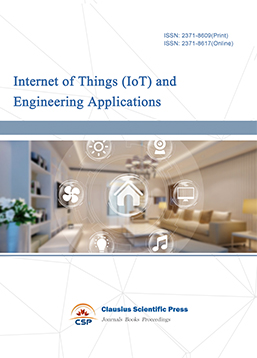
-
Computing, Performance and Communication Systems
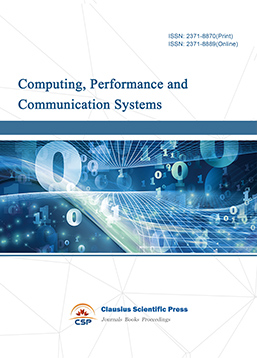
-
Journal of Artificial Intelligence Practice
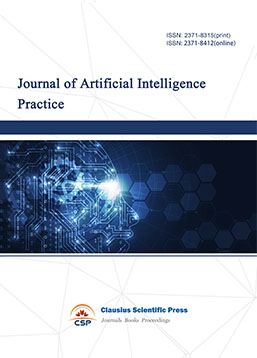
-
Journal of Network Computing and Applications
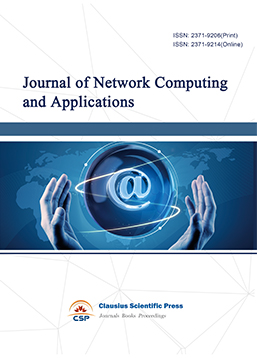
-
Journal of Web Systems and Applications
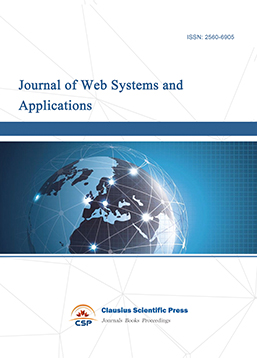
-
Journal of Electrotechnology, Electrical Engineering and Management
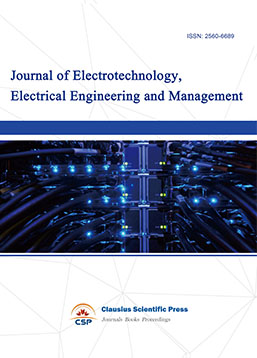
-
Journal of Wireless Sensors and Sensor Networks
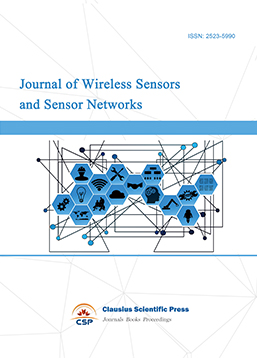
-
Journal of Image Processing Theory and Applications
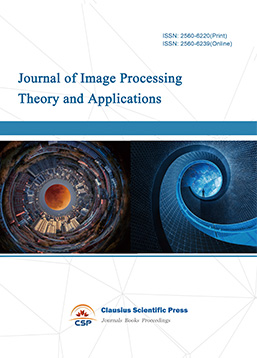
-
Mobile Computing and Networking
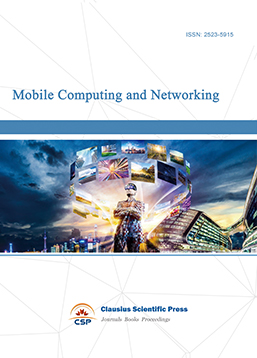
-
Vehicle Power and Propulsion
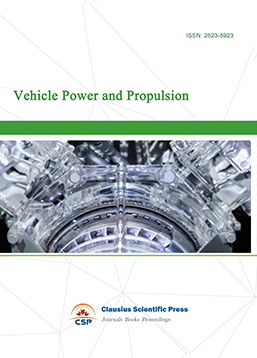
-
Frontiers in Computer Vision and Pattern Recognition

-
Knowledge Discovery and Data Mining Letters

-
Big Data Analysis and Cloud Computing
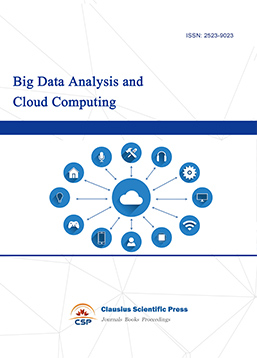
-
Electrical Insulation and Dielectrics
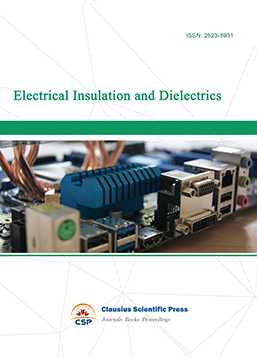
-
Crypto and Information Security
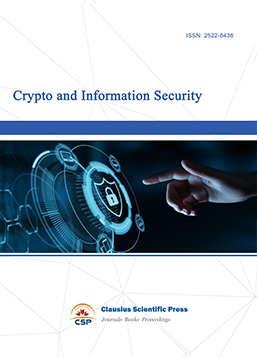
-
Journal of Neural Information Processing
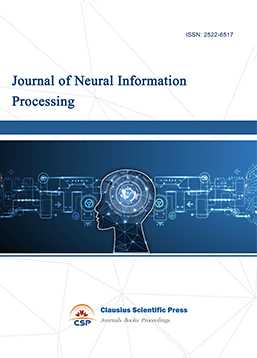
-
Collaborative and Social Computing

-
International Journal of Network and Communication Technology
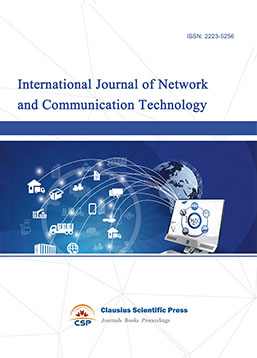
-
File and Storage Technologies
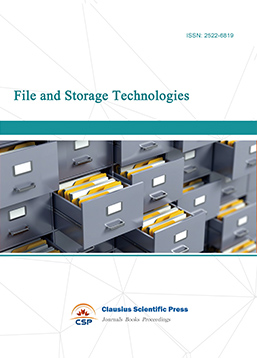
-
Frontiers in Genetic and Evolutionary Computation
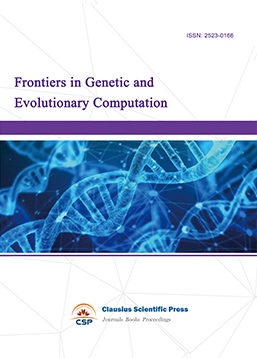
-
Optical Network Design and Modeling
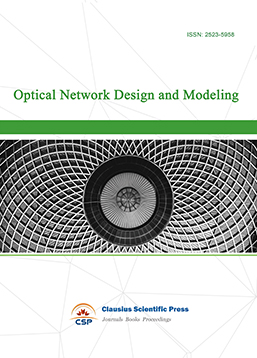
-
Journal of Virtual Reality and Artificial Intelligence
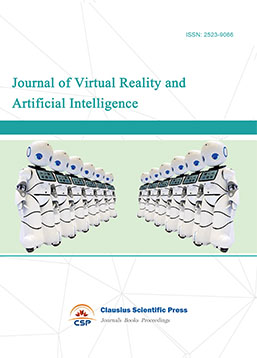
-
Natural Language Processing and Speech Recognition
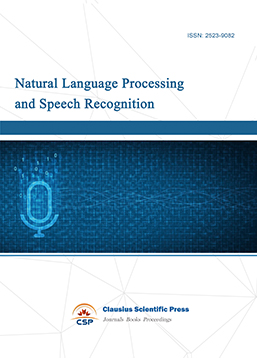
-
Journal of High-Voltage
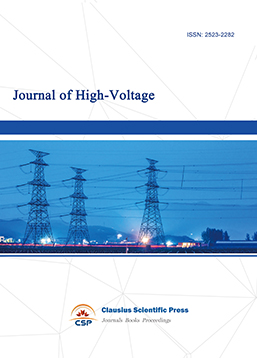
-
Programming Languages and Operating Systems
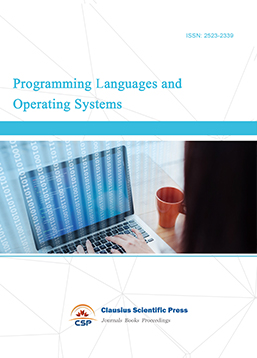
-
Visual Communications and Image Processing

-
Journal of Systems Analysis and Integration
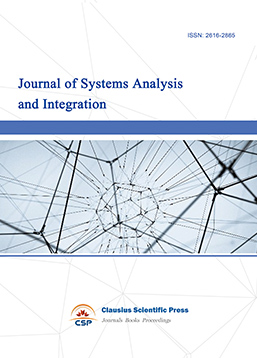
-
Knowledge Representation and Automated Reasoning
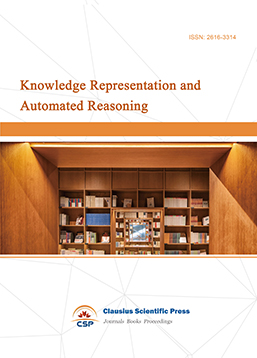
-
Review of Information Display Techniques
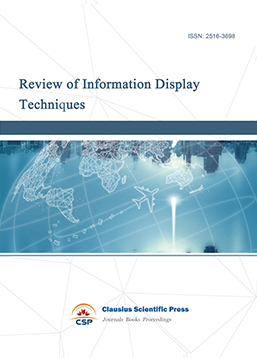
-
Data and Knowledge Engineering
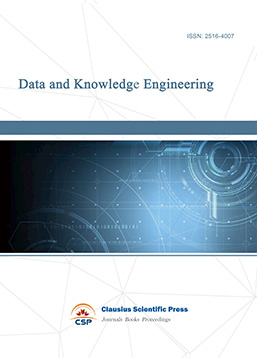
-
Journal of Database Systems
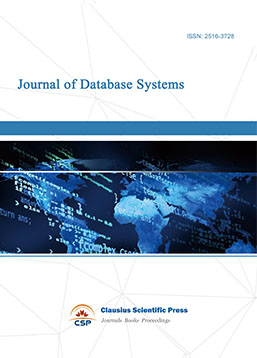
-
Journal of Cluster and Grid Computing

-
Cloud and Service-Oriented Computing
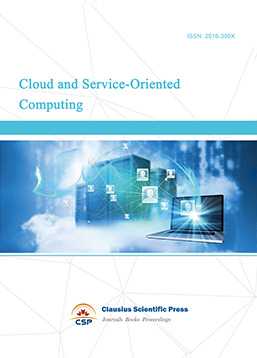
-
Journal of Networking, Architecture and Storage
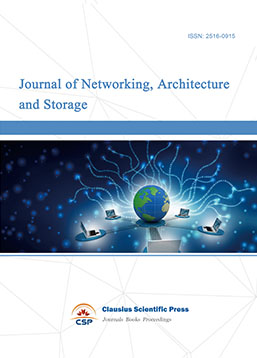
-
Journal of Software Engineering and Metrics
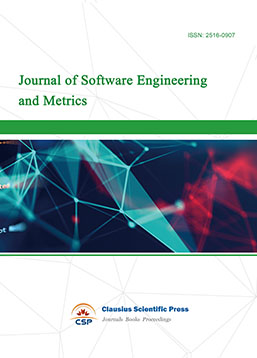
-
Visualization Techniques

-
Journal of Parallel and Distributed Processing
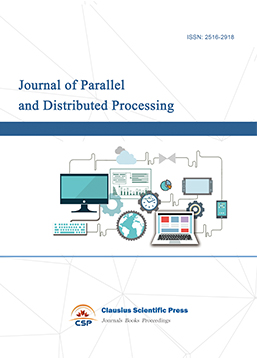
-
Journal of Modeling, Analysis and Simulation
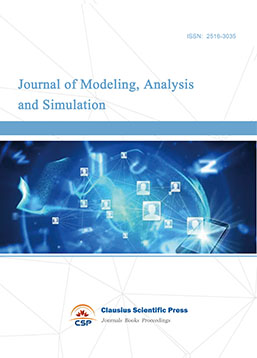
-
Journal of Privacy, Trust and Security
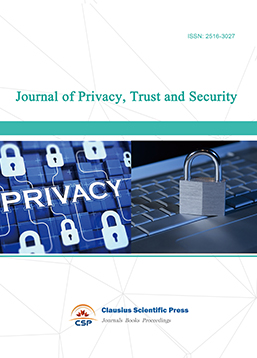
-
Journal of Cognitive Informatics and Cognitive Computing
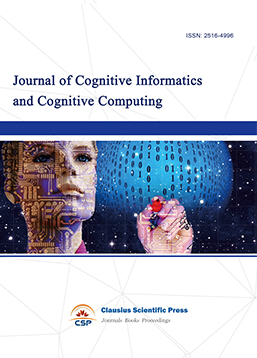
-
Lecture Notes on Wireless Networks and Communications

-
International Journal of Computer and Communications Security
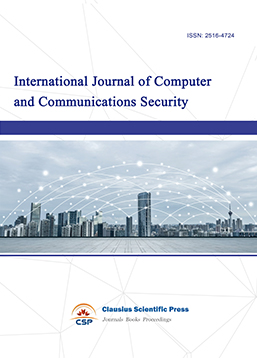
-
Journal of Multimedia Techniques
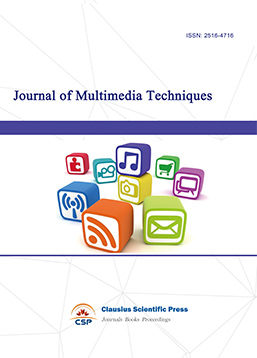
-
Automation and Machine Learning
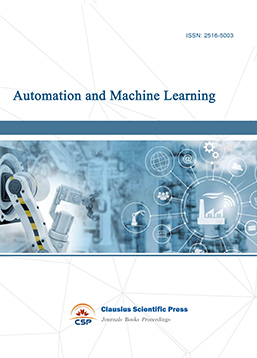
-
Computational Linguistics Letters
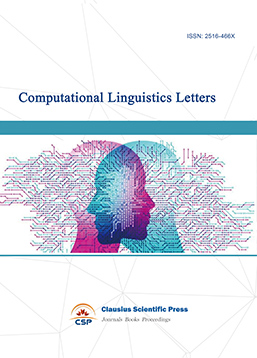
-
Journal of Computer Architecture and Design
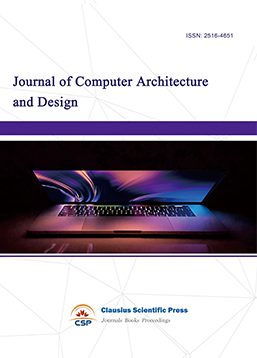
-
Journal of Ubiquitous and Future Networks
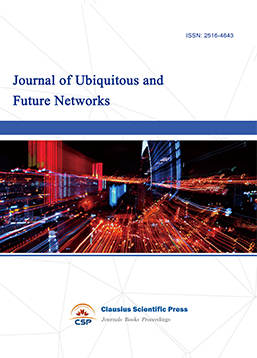

 Download as PDF
Download as PDF